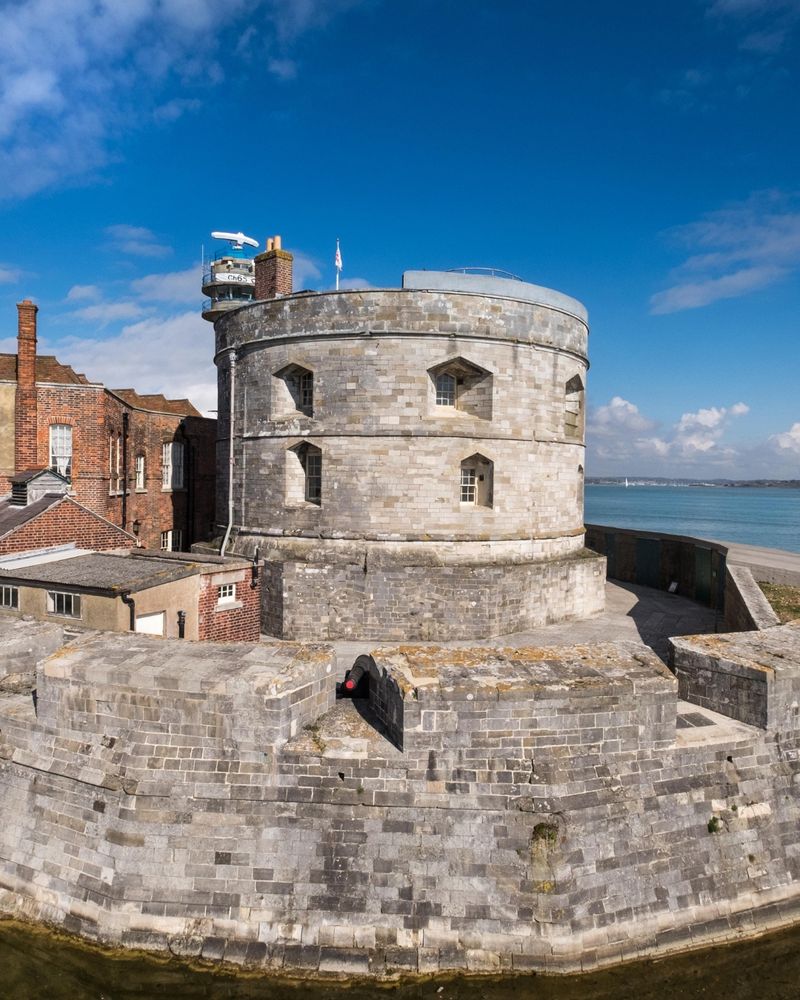Tudor Places
@tudorplaces.bsky.social
1.3K followers
170 following
530 posts
Tudor Places is an independent magazine exploring the sites and buildings of the Tudor world and their stories, past and present. www.tudorplaces.com
Posts
Media
Videos
Starter Packs
Tudor Places
@tudorplaces.bsky.social
· Sep 10
Tudor Places
@tudorplaces.bsky.social
· Sep 2
Tudor Places
@tudorplaces.bsky.social
· Aug 28
Tudor Places
@tudorplaces.bsky.social
· Aug 28
Tudor Places
@tudorplaces.bsky.social
· Aug 27
Tudor Places
@tudorplaces.bsky.social
· Aug 27



































